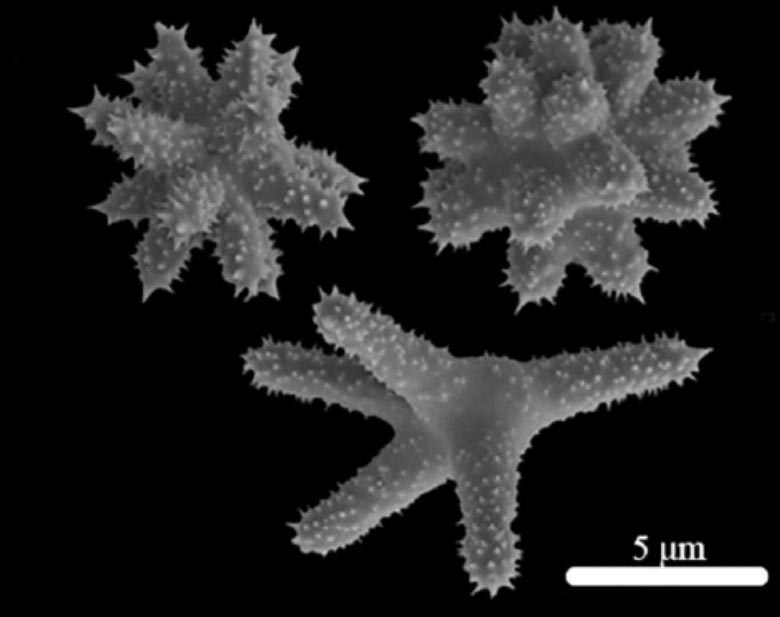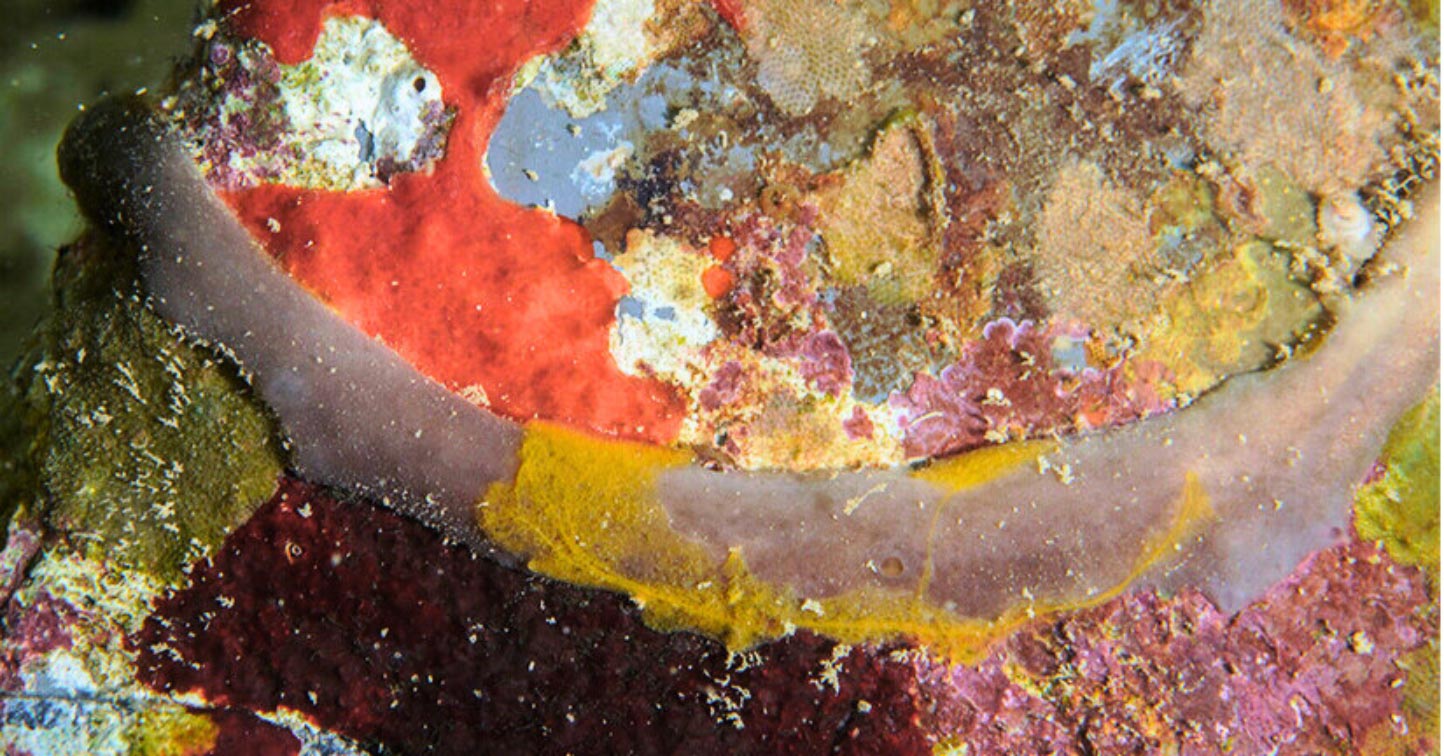Groundbreaking Marine Discovery in Kāneʻohe Bay
Marine biologists in Hawai’i have identified ten new sponge species in Kāneʻohe Bay, revealing their ecological significance within coral reef ecosystems. These discoveries underscore the hidden biodiversity of the region and emphasize the need for further marine research.
Integrative Taxonomy: A New Approach to Identification
Researchers from the Hawai‘i Institute of Marine Biology’s (HIMB) Toonen-Bowen (ToBo) Lab utilized an advanced taxonomic technique that integrates genetic and structural analysis. Their findings, published in PeerJ and Zootaxa, showcase the incredible diversity of these ancient organisms, which are crucial to sustaining coral reef health but remain significantly understudied.
Kāne‘ohe Bay, characterized by its isolated patch reefs, is home to a variety of undescribed sponge species. This region also houses several non-native sponges introduced from the Caribbean and Western Indo-Pacific. The identification of these new species enhances our understanding of sponge biodiversity throughout the Hawaiian archipelago and the broader Oceania region.
Innovative Methods for Sponge Collection
“We used autonomous reef monitoring structures (ARMS) to collect sponges from within the reef,” explains Rachel Nunley, a Scientists in Parks (SIP) Intern and lead author of the PeerJ study. “These structures replicate the cryptic reef environment, allowing us to document species without harming the reef. Using DNA sequencing, we determined species classifications and cross-referenced existing literature to verify their novelty. Our integrative taxonomic approach confirmed that these species are entirely new to science.”
Overcoming Challenges in Sponge Research
Studying sponges presents numerous challenges due to their elusive nature.
“Sponges thrive in the hidden crevices of the reef, making them difficult to collect without damaging their habitat,” says Jan Vicente, a post-doctoral researcher at the ToBo Lab and lead author of the Zootaxa study. “Their small size and fragile structure complicate identification, and their short lifespan of only two months adds another layer of difficulty. The sponge population in cryptic reef spaces is highly dynamic, making it challenging to fully comprehend their diversity.”
Nunley emphasizes the meticulous nature of taxonomy: “Missing a single detail can completely alter a species classification. However, the process is rewarding, as it contributes valuable insights into marine biodiversity and fosters collaboration with local communities.”
Expanding Our Understanding of Sponge Biodiversity
The research team was surprised by the sheer number of previously undocumented sponge species found in their study area.
“Earlier studies estimated around 30 sponge species in Kāneʻohe Bay,” says Vicente. “However, past research did not specifically target cryptic reef spaces. Our discoveries highlight how much remains unknown about the biodiversity within these reefs.”

A closer look at the newly described marine sponge species, stelletta hokuwanawana, whose name is derived from two Hawaiian words: hōkū (star) and wanawana (spiny or thorny), translating to “thorny star.” This name was chosen to reflect the spiky microscleres in this species. Credit: Jan Vicente, HIMB
The Essential Role of Sponges in Coral Reef Ecosystems
As climate change and other environmental stressors threaten coral reefs, understanding reef ecosystem dynamics has become increasingly vital. Sponges play a crucial role in nutrient cycling, which helps maintain coral reef biodiversity, particularly in nutrient-deficient island archipelagos.
“Sponges are often overlooked, despite their essential function in coral reef ecosystems,” emphasizes Vicente. “Discovering such high levels of sponge diversity sheds light on their importance in sustaining reef health.”
Honoring Hawaiian Culture Through Scientific Naming
The newly discovered sponge species were named to honor Native Hawaiian traditions and linguistic heritage. Principal Investigator Robert Toonen explains, “Many of these species were named after the mo‘olelo (stories) of Moku o Loʻe or used ʻŌlelo Hawaiʻi to reflect their unique characteristics. For example, one species name, ‘Loʻe,’ references a legendary figure known for her honesty and integrity.”
Future Research and Conservation Efforts
These findings mark just the beginning of a larger effort to catalog sponge biodiversity in Oceania. The research team has analyzed over 1,000 specimens and continues to explore cryptic reef habitats across the Pacific. Their goal is to identify endemic, native, and introduced species while studying their biogeographical connections across the region.
